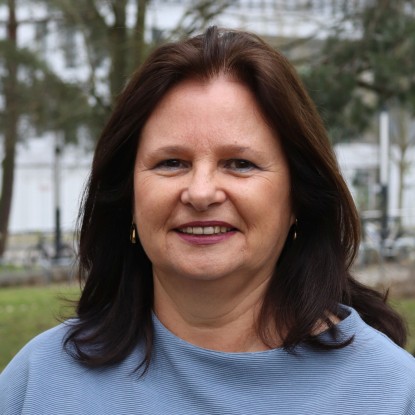New energy-saving sintering of ceramics
With this method, ultrarapid heating is accomplished with intense blue and UV light, blacklight, emitted to the material surface, see Figure 1a. Thus, the temperature of the material increases within seconds through a balance of absorption of blacklight and emitted thermal radiation of the ceramic itself. This method provides heating and cooling rates of 200 °C/s and temperatures of up to 1500 °C, allowing complete densification of ceramic bulk samples such as TiO2, BaTiO3, (Na,Bi)TiO3-BaTiO3 or ZrO2, etc.1 in less than one minute (Figure 1b). In comparison, furnace sintering of such samples typically takes between 9 and 12 hours.
Although the proof of concept for blacklight sintering works remarkably well, a comprehensive study of the influence of UV light wavelength, illuminated energy density, and the response of materials in heating up and subsequent sintering is the main objective of this project. Understanding the interplay between those parameters would enable precise control of the densification process and allow the use of such a method in a broad spectrum of applications. Thus, in the scope of this project, model materials TiO2 and BaTiO3 will be used as compacted powder aggregates prepared for sintering, as well as sintered bulk samples for comparison. In addition, parameters, such as powder size and compaction, substrate insulation material, and distance from the sample to the light source will be examined.
Working on this project, you will learn a new rapid sintering method invented at TU Darmstadt, gain broad knowledge on the sintering of ceramics and master microstructural and structural characterization techniques, e.g., scanning electron microscope, X-ray diffraction, and basic electrical property characterization, e.g., permittivity spectra as a function of temperature or frequency.
If you are interested in this topic as ARL or Bachelor/Master thesis, please contact:
Lovro Fulanovic, fulanovic@ceramics.tu-…
1. Porz, L. et al. Blacklight sintering of ceramics. Mater. Horizons 9, 1717–1726 (2022).




